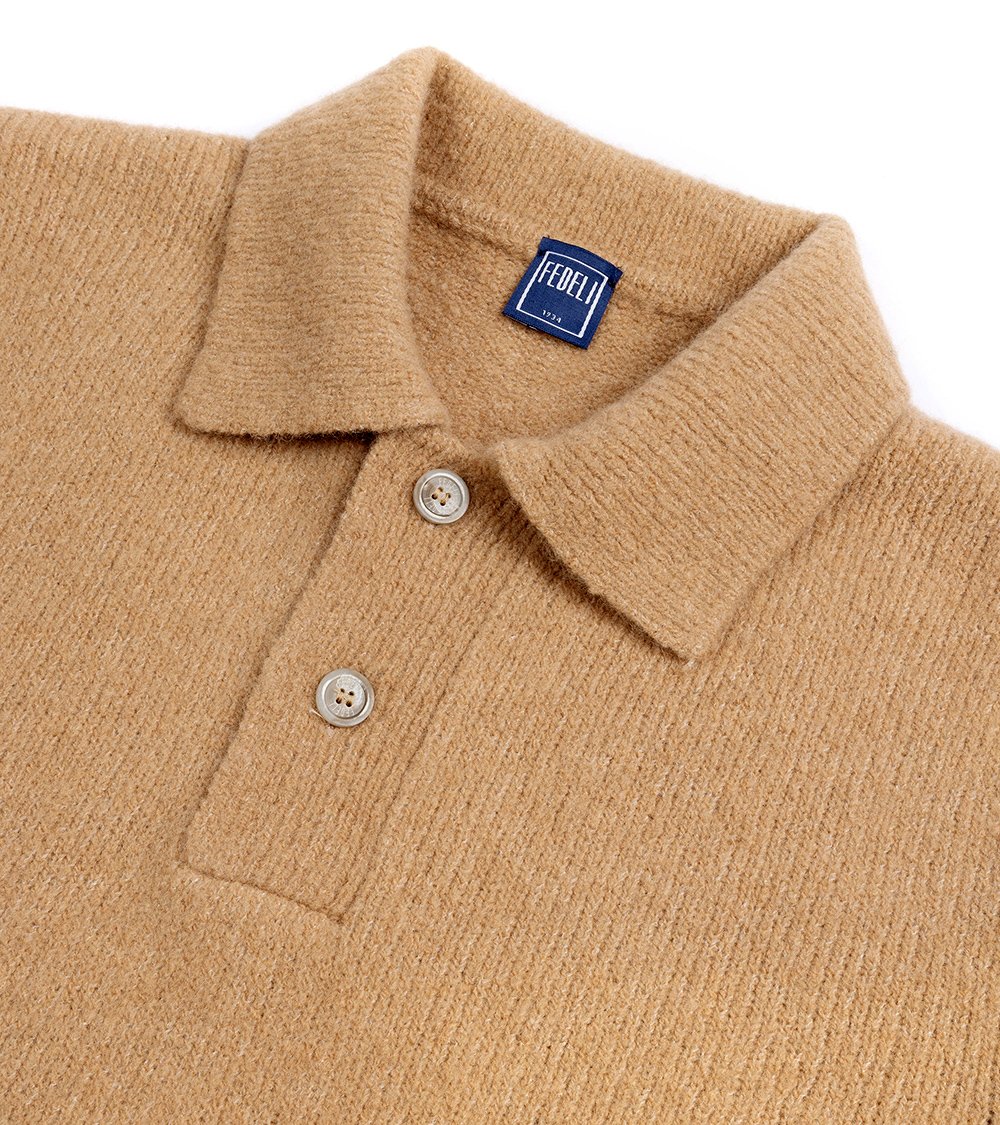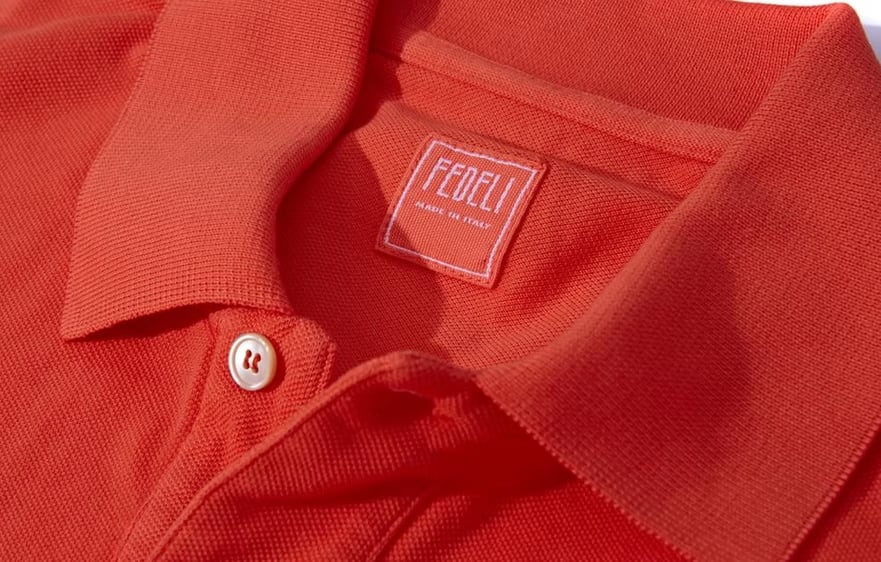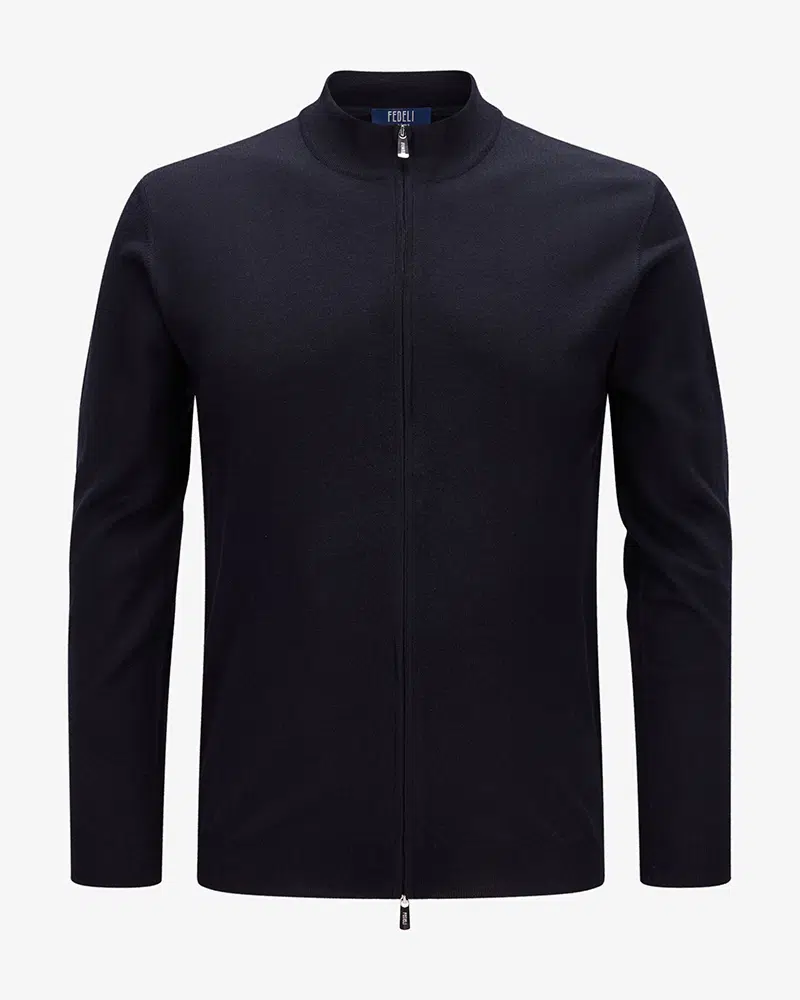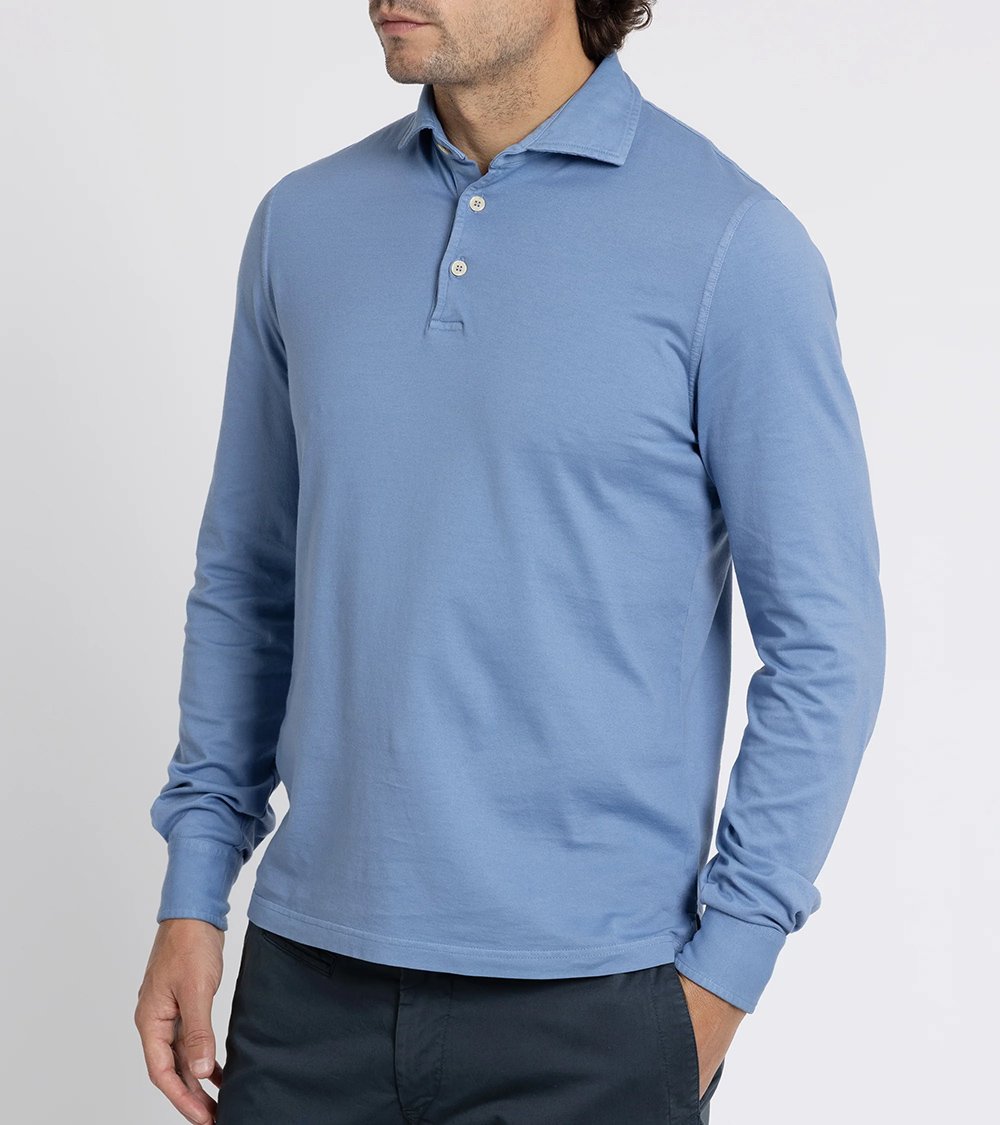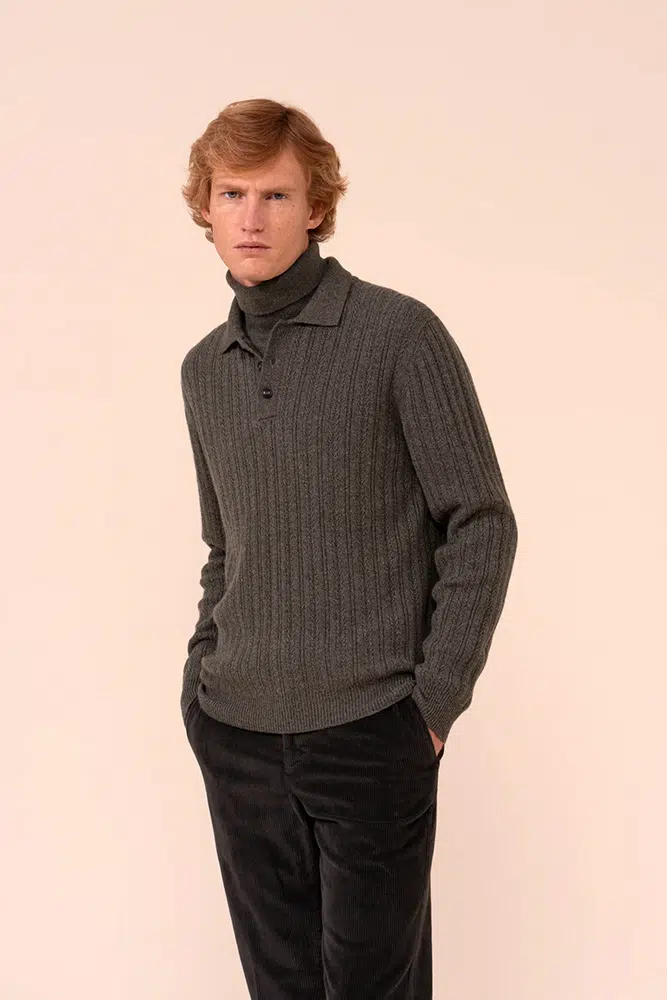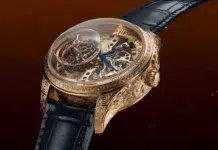Italians are masters of style, and few fabrics showcase that better than cashmere. They know how to transform the soft undercoat of a goat into elegance. With ease, they turn a fine, belly hair sweater into something chic for both men and women. This natural talent for refinement feels effortless yet unmistakably sophisticated.
Often, Italians lean on sunlit walls or stroll past white pillars, their blazers hooked casually across the shoulders. They know how to dress for an aperitivo, a pullover draped lightly and coolly around the neck. Every gesture carries the same quiet assurance.
Whether in Farina, Confettio, Pesca, Menta, Grigio, Limone, Rosso, Mare, or Azzuro, Italians wear cashmere as if born to it. The fabric becomes part of their identity, a form of chic swaddling they perform better than anyone else.
Many global names now offer high-quality knits. Banana Republic, J.Crew, Naked Cashmere, Kule, Nili Lotan, Naadam, and Alex Mill produce strong collections. A Vince mocha funnel neck remains a classic autumn staple. Lou Lou Studio, Anazor, and Whistles all add refined touches to the category.
Cashmere belongs to the realm of the exceptional. Whether it’s a charcoal Theory crewneck or a 12-gauge Buck Mason, chunky or slim-fit, V-neck, turtleneck, or a Fedeli volcano knit, every piece feels personal. In Italy, the choice often comes down to Brunello or Fedeli.
Knits are part of Italian blood. They have long been the uniform of la dolce vita and the high life.
Generations of artisans have worked with Kashmiri and Mongolian fibers, spinning them into multi-ply yarns and weaving them into fabrics that resist pilling. As a result, quality has become inseparable from Italian tradition.
Luigi Fedeli founded his company in Monza in 1934, beginning with hats. Success soon followed in South America. His son, Nico, expanded the house, and today the brand remains under family ownership in its fourth generation. In addition to premium cotton basics, shirts, polos, and swimwear—even Flipper flip-flops—Fedeli still crowns cashmere as king.
Some categories remain untouched. Socks belong to London’s Joseph Ellis, while shoes, suits, eyewear, and leather goods are left to Brunello Cucinelli. Fedeli instead focuses on elegance built from detail and a devotion to craft.
The collection extends well beyond sweaters. Scarves, sleeveless vests, half-zips, cardigans, overshirts, and longline coats all carry the same luxury weight. In truth, the demand for cashmere feels unending.
Each goat yields only about 150 grams of usable fiber a year, which explains its high price. The first cashmere shawls appeared in 17th-century Turkestan. The fiber, called pashm in Persian, spread through Europe soon after. Napoleon sent one to Paris during his campaign in Egypt. French and later American mills commercialized spinning, including those in Uxbridge, Massachusetts. Today, the global cashmere market is expected to reach $4.2 billion in 2025.
Fedeli’s Fall/Winter Collection includes the New Dandy Flannel double-breasted blazer, Argentine Seven Colors crewneck, Marmolade buttoned cardigan, almond Etna Piuma volcano neck, and Moena turtleneck.
The palette reflects autumn’s landscape: deep browns, muted greens, warm ochres, and soft mélanges. Clean lines and refined textures translate seasonal beauty into everyday elegance.
Fedeli boutiques can be found in Positano, Milan, and Dubai. In New York, private fittings are offered at the East 56th Street showroom or at 819 Madison Avenue. There, the De Colato Atelier ensures customers step into the finest cashmere within a week.
After all, goats may be the most sartorial creatures of all.

